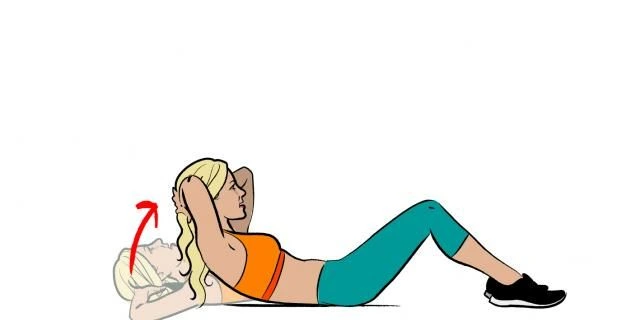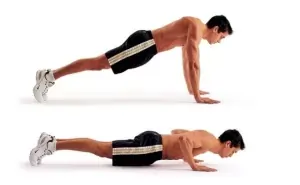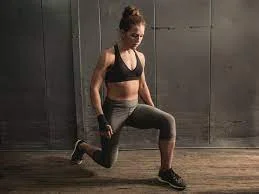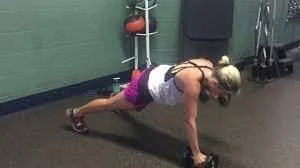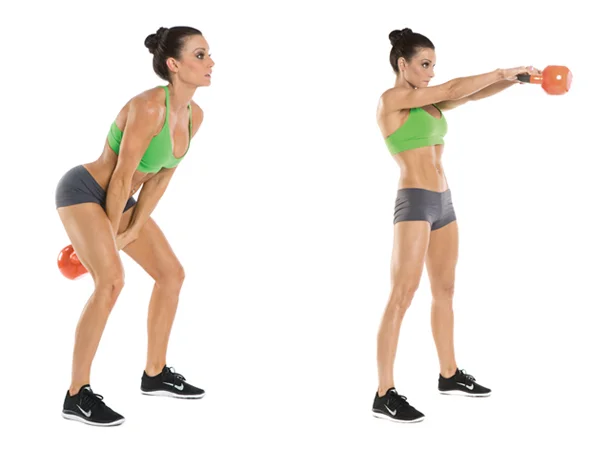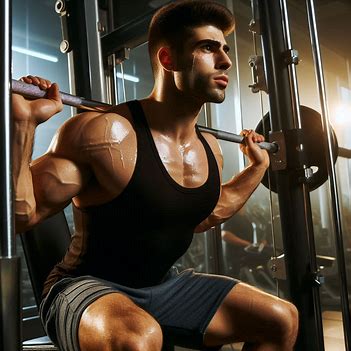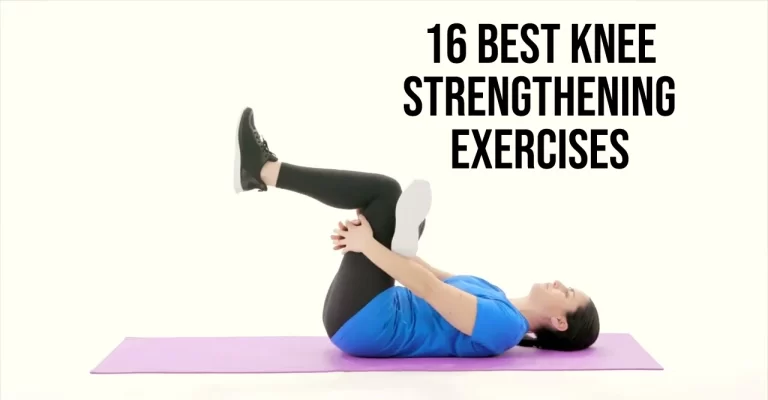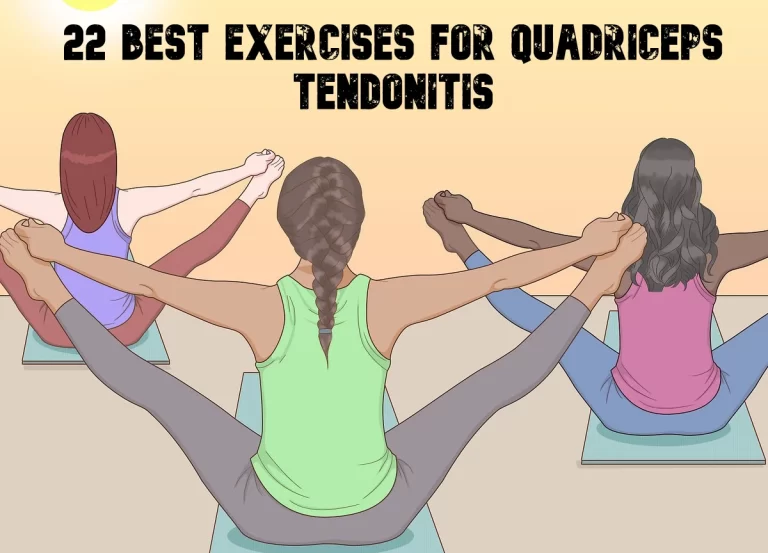Crunches Exercise
Crunches are a strengthening exercise that strengthens the abdominal muscles. They involve lifting the upper body while keeping the lower back on the floor, engaging the abs to build strength and endurance. Variations can adjust the intensity for different fitness levels. The six-pack muscle that runs down the front of the torso, the rectus abdominis,…

